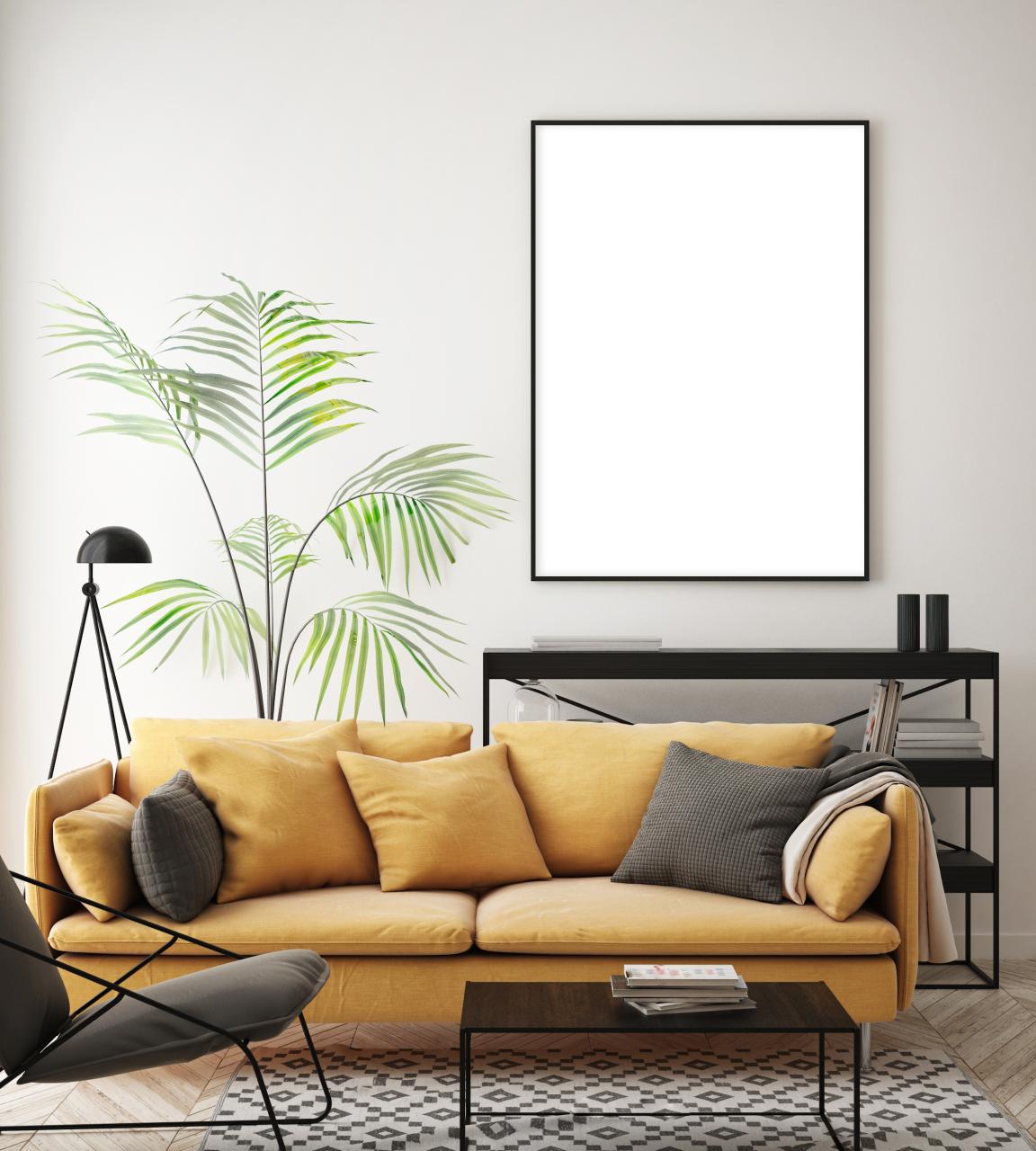A Comprehensive Guide to Mockup Frames: Revolutionizing Design Visualization
Introduction:
In today’s digital age, visualizing designs effectively has become paramount. Mockup frames, virtual representations of devices and objects used to showcase design concepts, have emerged as powerful tools in the design arsenal. This article delves deep into the world of mockup frames, exploring their significance, types, benefits, and best practices.
Understanding Mockup Frames:
Mockup frames serve as blank canvases for designers to present their ideas on realistic and customizable devices or objects. By placing designs within these frames, designers can create lifelike simulations of how their concepts would appear in the real world. Mockup frames provide designers with the ability to refine and iterate on their designs seamlessly, fostering a more efficient and collaborative design process.
Types of Mockup Frames:
Mockup frames can be categorized into two primary types based on their purpose and functionality:
1. Static Mockup Frames:
Static mockup frames are fixed images or graphics that allow designers to display their designs on a single surface. They are typically used for quick and simple presentations, and lack the interactivity of dynamic mockup frames.
2. Dynamic Mockup Frames:
Dynamic mockup frames, on the other hand, offer an interactive experience. They enable designers to embed their designs into fully functional prototypes, showcasing how they would behave in the real world. Dynamic mockup frames are ideal for presenting complex designs, such as mobile app interfaces or website layouts.
Benefits of Using Mockup Frames:
The incorporation of mockup frames into the design workflow offers numerous benefits:
1. Enhanced Visualization:
Mockup frames provide designers with a platform to visualize their designs in a realistic context. By seeing their concepts in simulated environments, designers can identify potential issues, refine details, and make informed decisions.
2. Efficient Iteration:
Mockup frames facilitate rapid design iteration. By quickly replacing designs within the frames, designers can experiment with different design variations and iterate on concepts without the need for extensive coding or development.
3. Enhanced Communication:
Mockup frames are a powerful tool for communicating design ideas to stakeholders. By presenting designs in a realistic and tangible manner, designers can effectively convey their concepts and reduce ambiguity.
4. Improved User Experience:
Dynamic mockup frames enable designers to gather user feedback on how their designs perform in simulated environments. This feedback can inform design decisions and enhance the overall user experience.
Best Practices for Using Mockup Frames:
To fully harness the potential of mockup frames, designers should follow certain best practices:
1. Choose Relevant Frames:
Select mockup frames that accurately reflect the devices or objects upon which your designs will be implemented. This ensures that the presentation accurately conveys the design’s intended context.
2. Maintain Consistency:
Ensure that the mockup frames used throughout the design process maintain a consistent style and appearance. This consistency helps to create a cohesive and polished presentation.
3. Pay Attention to Details:
Take time to refine the details of your mockup frames. Adjust lighting, shadows, and perspective to create realistic and immersive simulations.
4. Seek Feedback and Iterate:
Share your mockup frames with stakeholders and gather feedback. Use this feedback to refine your designs and make informed decisions.
Conclusion:
Mockup frames have revolutionized the way designers visualize and communicate their ideas. By providing a realistic and interactive platform to showcase designs, mockup frames enhance collaboration, refine designs, and improve the overall user experience. By leveraging the power of mockup frames and adhering to best practices, designers can effectively communicate their design concepts and drive successful design outcomes.
FAQ:
1. What are the most common uses of mockup frames?
Mockup frames are commonly used for:
- Presenting design concepts to clients and stakeholders
- Testing and refining design iterations
- Creating prototypes and simulations
- Showcasing designs in portfolios and presentations
2. What are the advantages of using dynamic mockup frames over static mockup frames?
Dynamic mockup frames offer several advantages:
- They provide an interactive experience, allowing designers to showcase how their designs function in realistic environments.
- Dynamic mockup frames enable the testing of user interactions and user flows.
- They can be used to create realistic simulations of mobile app interfaces and website layouts.
3. What factors should designers consider when selecting mockup frames?
Designers should consider the following factors:
- The intended purpose of the mockup
- The devices or objects upon which the designs will be displayed
- The desired level of interactivity
- The overall style and aesthetic of the presentation
4. Can mockup frames be customized to meet specific design needs?
Yes, many mockup frames can be customized to adjust lighting, shadows, perspective, and other design elements. This customization allows designers to create highly realistic and tailored simulations.
5. What are some common mistakes to avoid when using mockup frames?
Common mistakes include:
- Using irrelevant or outdated mockup frames
- Failing to maintain consistency in mockup frame styles
- Neglecting to pay attention to details and creating unrealistic simulations
- Presenting designs without gathering feedback and iterating based on the feedback received
